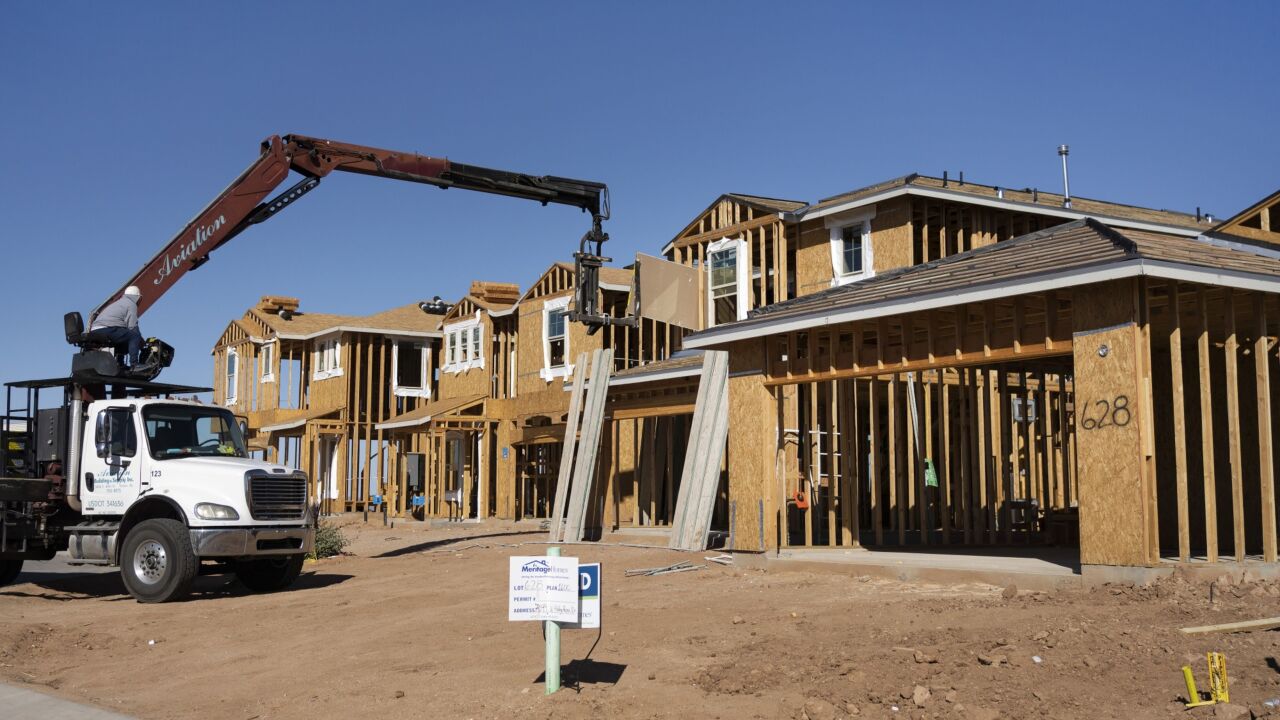The number of mortgage holders with refinancing potential dropped by 1.5 million as the average long-term rate for home loans
The previous week, higher rates decreased refi potential
At 8.3 million, the estimate for the population of qualified borrowers with refi incentive remains high, but it's down 29% from the record high of 11.7 million it hit two weeks ago.

Black Knight based its estimates on the number of 30-year mortgage holders eligible to reduce the interest rates on their home loans by at least 0.75% in the current market.
The technology, data and analytics provider considers borrowers likely to be approved for a refinance if they have a credit score of 720 or higher and a minimum loan-to-value ratio of 80%, in line with industry standards.
If these eligibility standards are set aside, there are more than 18.4 million borrowers with 30-year mortgages and refinance incentives.
While the pool of borrowers with rate incentives may be shrinking, home equity levels remain high. This increases the market potential for cash-out refinancing, home equity lending and home equity lines of credit.
Mortgage holders saw the collective equity in their homes rise to a record high between January and June of this year, according to a new CoreLogic report.
"Borrower equity rose to an all-time high in the first half of 2019 and has more than doubled since the housing recovery started," Frank Nothaft, chief economist for CoreLogic, said in a press release. "Combined with low mortgage rates, this rise in home equity supports spending on home improvements and may help improve balance sheets of households who could take out home equity loans to consolidate their debt."
Home mortgage borrowers saw their housing equity increase by 4.8% year-over-year in the second quarter, representing a gain of almost $428 billion.
As a result of this increase, only 3.8% of mortgage borrowers had negative equity positions at the end of the second quarter, according to CoreLogic. This was down from 4.3% during the same period a year ago and 26% in 2009, when negative equity was at its peak.
U.S. homeowners with mortgages account for almost two-thirds of all properties.





